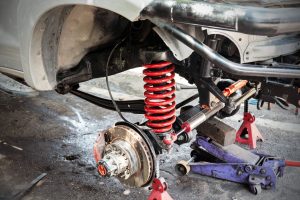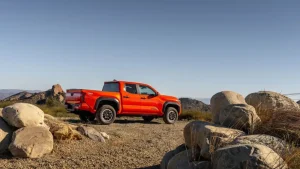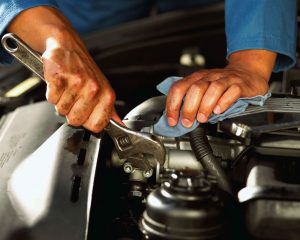CV joints transfer power from the transmission to wheels. Vehicle modifications affect angles and stress joints continuously. Lifting or lowering changes driveline geometry and torque patterns noticeably. Healthy joints maintain smooth torque transfer under normal operating conditions. Understanding modification impact improves maintenance and prevents premature failures effectively. Proper attention preserves joint integrity and prevents unexpected breakdowns consistently. Acting carefully ensures predictable steering response and smooth driveline operation. Ride height changes must be considered for CV joint durability. Maintaining proper angles preserves torque delivery and vehicle reliability safely.
Lifted Vehicle Effects
Raising the vehicle increases suspension travel and alters axle angles. CV joints experience higher angular movement during acceleration and cornering repeatedly. Bearings, cages, and races face additional stress producing heat and wear. Mechanics at Auto Repair in Hudson, IA check joint rotation and boot condition after lift modifications carefully. Proper evaluation ensures torque transfer remains smooth and reliable consistently. Healthy joints rotate evenly without producing vibration or binding noises. Ignoring lift effects accelerates wear and reduces driveline longevity noticeably. Adjustments may be needed to compensate for altered geometry effectively. Lifted vehicles increase CV joint stress and risk premature component failure quickly.
Lowered Vehicle Effects
Lowering a vehicle decreases suspension travel and changes operating angles continuously. Reduced axle angles increase friction and load on CV joint components repeatedly. Inner and outer joints may bind during sharp turns or hard acceleration. Mechanics verify angles and inspect boots to identify stress or wear carefully. Correct adjustments maintain torque transfer and preserve smooth rotation consistently. Healthy joints absorb altered geometry without producing clunking or vibration. Ignoring lowered vehicle effects accelerates wear and reduces driveline reliability.
Suspension Geometry Considerations
Changing ride height affects camber caster and toe alignment repeatedly. Altered geometry changes torque distribution and produces uneven CV joint stress. Bearings and cages experience friction leading to gradual wear or failure. Mechanics perform alignment checks and adjust angles after modifications carefully. Proper geometry maintains smooth rotation and predictable torque transfer consistently. Healthy joints rotate evenly preserving driveline stability and steering response. Ignoring alignment changes increases joint stress and accelerates component wear.
Boot and Lubrication Concerns
Modified suspension increases movement stressing CV boots and grease continuously. Boots may stretch or tear allowing contaminants to enter joints quickly. Grease loss increases friction heat and accelerates internal wear rapidly. Mechanics inspect boot condition and replenish grease during maintenance carefully. Proper lubrication preserves smooth rotation and reduces binding or clunking consistently. Healthy boots maintain internal cleanliness protecting bearings cages and races reliably.
Conclusion
Vehicle modifications alter CV joint operating angles repeatedly and consistently. Lifting or lowering changes geometry increasing stress and accelerating wear. Damaged joints reduce torque transfer produce vibration and risk sudden failure. Early inspection prevents secondary drivetrain damage and restores smooth operation. Correct adjustments ensure consistent torque delivery and reliable vehicle control.






More Stories
Choosing Precise Handling in a Used Toyota Tacoma for Confident Everyday Driving
Fuel Line Inspection Services for Older Vehicles
Smart Buyers Choose Used Cars For Affordability Without Sacrificing Everyday Comfort